Banbyeoncheon Maeuntang(반변천매운탕)
4.5Km 2021-04-10
32, Dongheung-gil, Andong-si, Gyeongsangbuk-do
+82-54-822-4011
This is a place that sells maeuntang (fish stew). This Korean dishes restaurant is located in Andong-si, Gyeongsangbuk-do. The representative menu is catfish stew.
Pagode de briques à 5 étages à Dongbudong (안동 운흥동 당간지주와 오층전탑)
4.6Km 2020-04-14
231, Unheung-dong, Andong-si, Gyeongsangbuk-do
+82-54-856-3013
Dressée durant l’ère Tongil Shilla (654~935), cette pagode de briques mesure 8,35 mètres de haut. La pagode actuelle a été construite avec des briques simples et sans motifs de 27,5 sur 12,5cm par 6cm d’épaisseur.
Elle comportait initialement 7 étages. La partie supérieure dorée a disparu en 1598, lors des deux invasions japonaises (1592~1598). Encore détruite en partie pendant la guerre de Corée (1950-1953), la pagode a finalement été restaurée en 1962.
On dit que le temple bouddhiste Beoprimsa se trouvait à son endroit actuel, ce qui est confirmé par la présence de Dangganjiju situé à l’ouest à 5 mètres de la pagode. Dangganjiju désigne les deux supports soutenant le pilier auquel sont accrochés les drapeaux destinés à louer la dignité, les vertus de Bouddha et des saints bouddhistes.
A chaque étage de cette pagode a été installée une Gamshil , sorte de tabernacle qui abrite des portraits et des statuettes de dieux. Avec les tuiles posées sur la pierre servant de toit, l’existence de cette Gamishil est considérée comme vestige des pagodes en bois qui étaient à la mode avant les constructions en brique.
Sur la partie sud du deuxième étage se trouve une plaque de granit où ont été gravées en relief deux représentations d'Inwang, dieu tutélaire du bouddhisme. Ceci contribue à la beauté de la pagode.
Située sur le parking de la gare ferroviaire d’Andong, cette pagode est très facile à trouver.
Elle a été déclarée trésor nº 56 le 21 janvier 1963.
Yeongam Haejangguk (영남해장국)
4.6Km 2021-03-24
76, Taehwajungang-ro, Andong-si, Gyeongsangbuk-do
+82-54-841-8885
The tender lean meat and broth are excellent. This restaurant's signature menu is pork back-bone hangover soup. This Korean dishes restaurant is located in Andong-si, Gyeongsangbuk-do.
MELTING2016 (멜팅2016)
4.6Km 2021-03-24
23, Okdong-gil, Andong-si, Gyeongsangbuk-do
+82-54-856-2376
It is an Andong restaurant that serves fresh salads and various menus. The best menu at this restaurant is pane cream pasta. This Western dishes restaurant is located in Andong-si, Gyeongsangbuk-do.
Myeongil Sikdang (명일식당)
4.6Km 2021-03-30
82-12, Jebiwon-ro, Andong-si, Gyeongsangbuk-do
+82-54-852-5255
It is a place where you can taste various Korean dishes. This restaurant's signature menu is pollack soup. This Korean dishes restaurant is located in Andong-si, Gyeongsangbuk-do.
Ok-dong Songuksu (옥동손국수)
4.6Km 2021-03-30
91, Gangbyeonmaeul 1-gil, Andong-si, Gyeongsangbuk-do
+82-54-855-2308
This is a store where you can taste noodles mixed with soy flour. This Korean dishes restaurant is located in Andong-si, Gyeongsangbuk-do. The most famous menu is noodles with perilla seeds.
Gajjeu Donkkaseu (가쯔돈까스)
4.7Km 2021-03-26
2, Okdong 1-gil, Andong-si, Gyeongsangbuk-do
+82-10-8711-6595
It is a good place that serves the perfect sauce and crispy Korean pork cutlet. This Western dishes restaurant is located in Andong-si, Gyeongsangbuk-do. The most famous menu is house-made pork cutlet.
Festival international de la danse des masques de Andong (안동국제탈춤페스티벌)
4.8Km 2023-08-02
239, Yuksa-ro, Andong-si, Gyeongsangbuk-do
- Centre d'appels 1330 : +82-54-1330 (coréen, anglais, japonais, chinois)
- Pour obtenir plus d'info : +82-54-841-6397~8 / +82-54-840-6398 (coréen)
La région de Andong possède de nombreux sites historiques et culturels reconnus tel que le village d’Hahoe, cependant l’attraction culturelle majeure de la région est le festival international de la danse des masques d’Andong.
Les visiteurs du festival pourront assister à plusieurs danses traditionnelles des masques. Ces danses représentent un fort héritage coréen, en particulier la danse byeolsingut talnori, qui a été désignée comme un important atout culturel intangible de la Corée du Sud. Des troupes internationales de danse des masques ont également été invitées au festival,donc les visiteurs pourront être sensibilisés aux cultures folkloriques venant de différents pays.
Associés aux spectacles, le programme prévoit également des concours de danse des masques ainsi que des cours pour les visiteurs internationaux désireux d’apprendre et de participer.
An dong gotak Esanru [Korea Quality] / 안동고택 이상루 [한국관광 품질인증]
4.8Km 2020-09-10
3193-6, Pungsantaesa-ro Seohu-myeon, Andong-si, Gyeongsangbuk-do
+82-54-843-3328 / +82-10-3522-1542
'Andong City in Gyeongsangbuk-do Province is a town of culture and folk traditions where one can trace the long history of eminent families. It is also a symbol of time-honored tradition to the extent that the name Andong reminds people of traditional Korean hanok houses. Isangru, an ancient hanok house with a history of 2,590 years, located in the foothills of Mt. Cheondeungsan, served as a venue for the memorial rite for Kim Seon-pyeong, the progenitor of the Andong Kim clan and a meritorious government official during the reign of King Taejo of the Goryeo Dynasty. Isangru, meaning ‘a tall majestic building built on frosty ground’, is a two-story wooden building with a tiled roof characterized by elegant curves that form a half-hipped shape when viewed from the side. The house consists of two accommodations, Taejangtaesa and Isangru, arranged in a ‘ㅁ’ shape. The large door located in the middle of the ground floor offers an open view of the beautiful natural environment including a pine grove, a pond, and wild flowers. Built in 1750, this hanok house shows its age in its wooden pillars, stone walls, and interiors decorated with wooden engraving on the handrail. Guests can stay in a room heated with wood in winter, or in a tent for a different experience in summer. The house has been well maintained with various repair works, and underwent extensive renovations, including the wallpaper and floors, in 2013. Although it is close to a road, the house is surrounded by old trees, creating the impression that it is situated in the middle of a dense forest. A path runs between ancient pine trees on the road leading to the house. There is a pond with water lilies and white lotus flowers in front of the house, while various species of wild flowers including big blue lily turf, plantain lily, montane aster, and asters come into full bloom around the house in their respective seasons. Fully maintained by the Andong Kim clan, Isangru is a large structure that can accommodate many people and is used to hold clan assemblies. This tall building is also used as a venue for concerts, seminars and traditional hands-on experience programs for students, including tea ceremony, masked dance, natural dyeing, hanji (Korean paper) crafts, and filial duty education programs. The house also offers guests a traditional nobleman’s dining table including various wild vegetable dishes for breakfast. Isangru is popular among Korean and foreign guests who want to experience traditional Korean culture or enjoy a relaxing stay with their parents amid beautiful nature. In addition, it is located between Hahoe Folk Village and Dosanseowon Confucian Academy in Andong, and offers easy access to other nearby tourist attractions including Bongjeongsa Temple, which is the oldest wooden building in Korea and is just three minutes’ drive away, and the two-hour-long Dulegil Trail.
Georangae Maeuntang (거랑애매운탕)
4.8Km 2021-03-26
763-1, Gyeongdong-ro, Andong-si, Gyeongsangbuk-do
+82-54-841-6768
This is where you can enjoy spicy stew with vegetables and seasoning. This Korean dishes restaurant is located in Andong-si, Gyeongsangbuk-do. The representative menu is spicy freshwater fish stew.
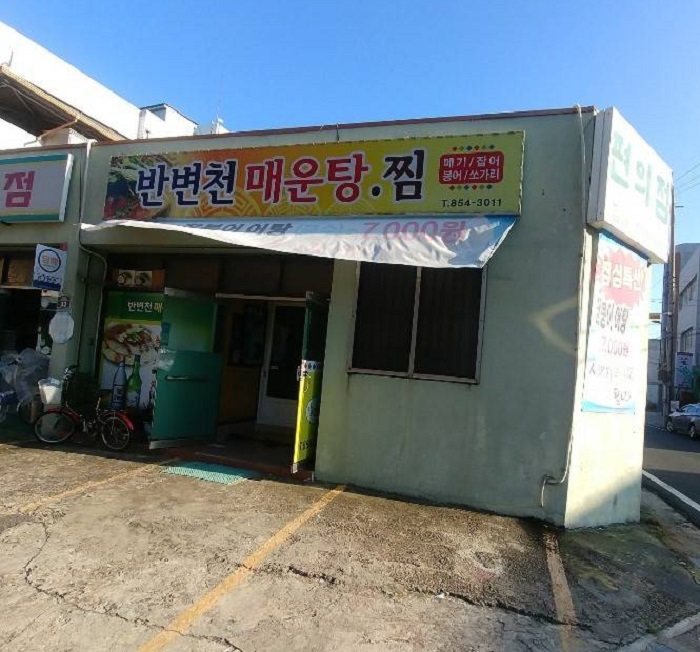
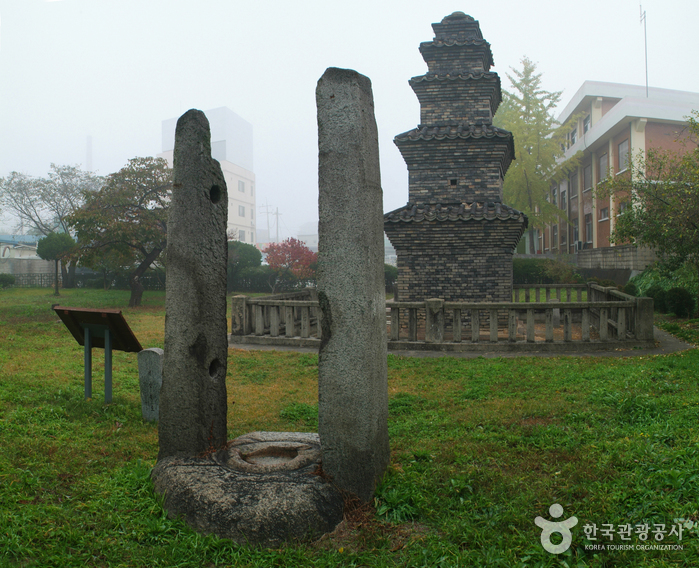
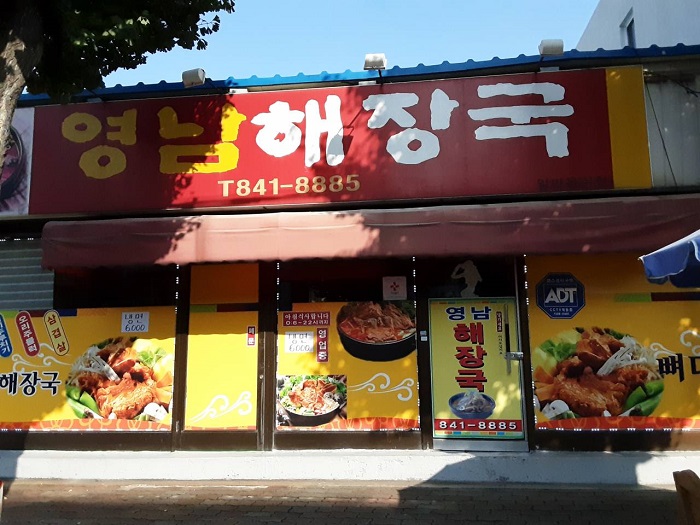
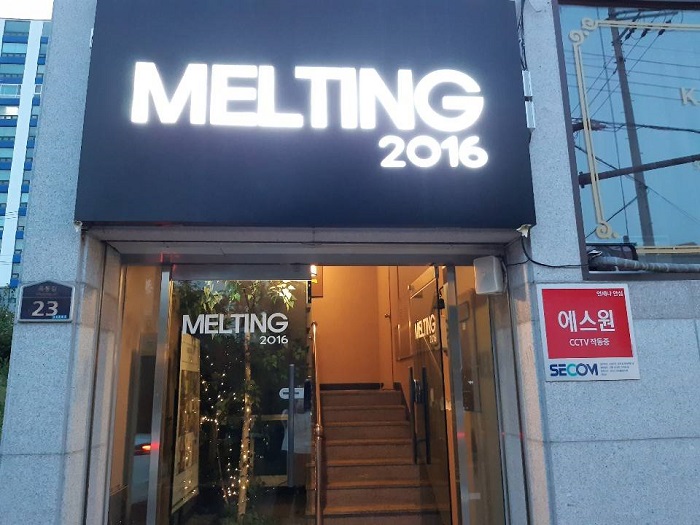
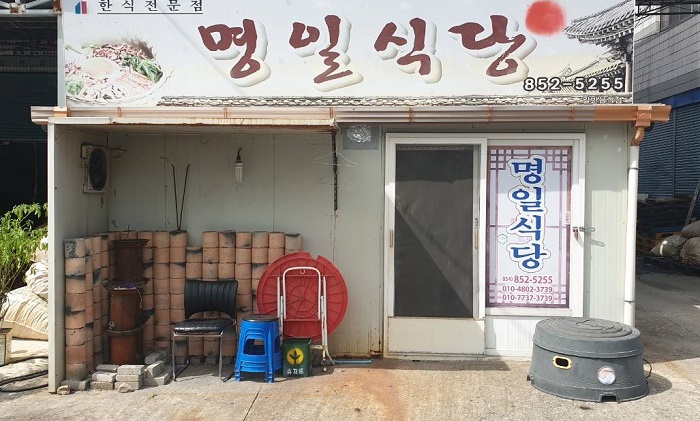
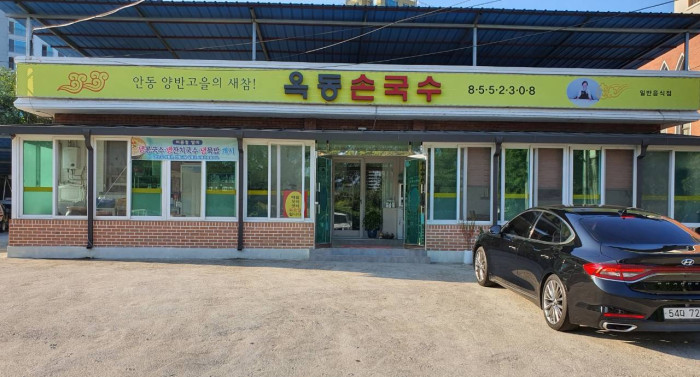
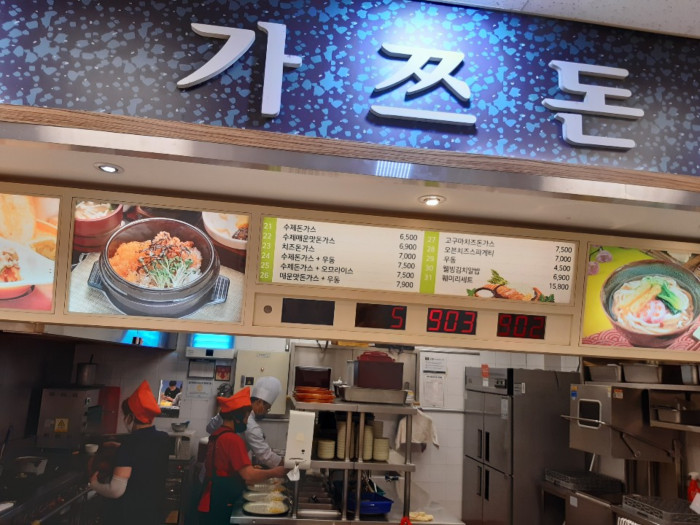

![An dong gotak Esanru [Korea Quality] / 안동고택 이상루 [한국관광 품질인증]](http://tong.visitkorea.or.kr/cms/resource/65/2579465_image2_1.jpg)
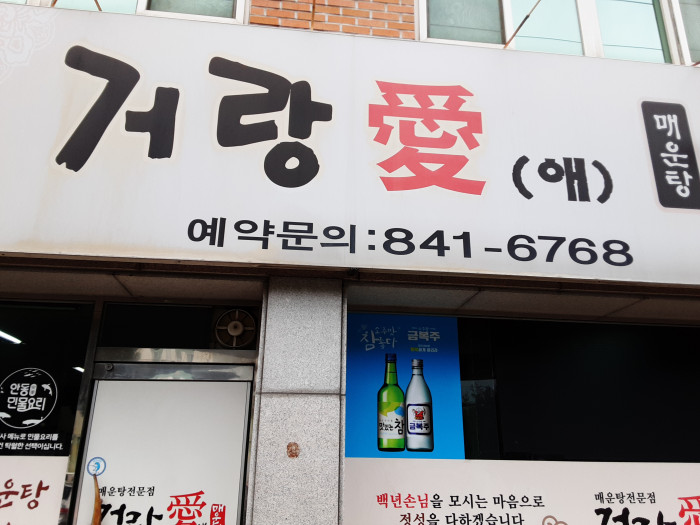
 Français
Français
 한국어
한국어 English
English 日本語
日本語 中文(简体)
中文(简体) Deutsch
Deutsch Español
Español Русский
Русский